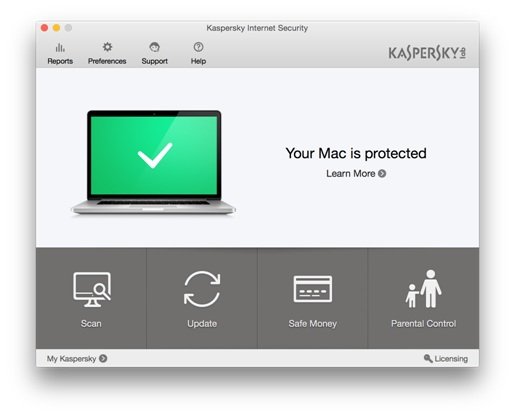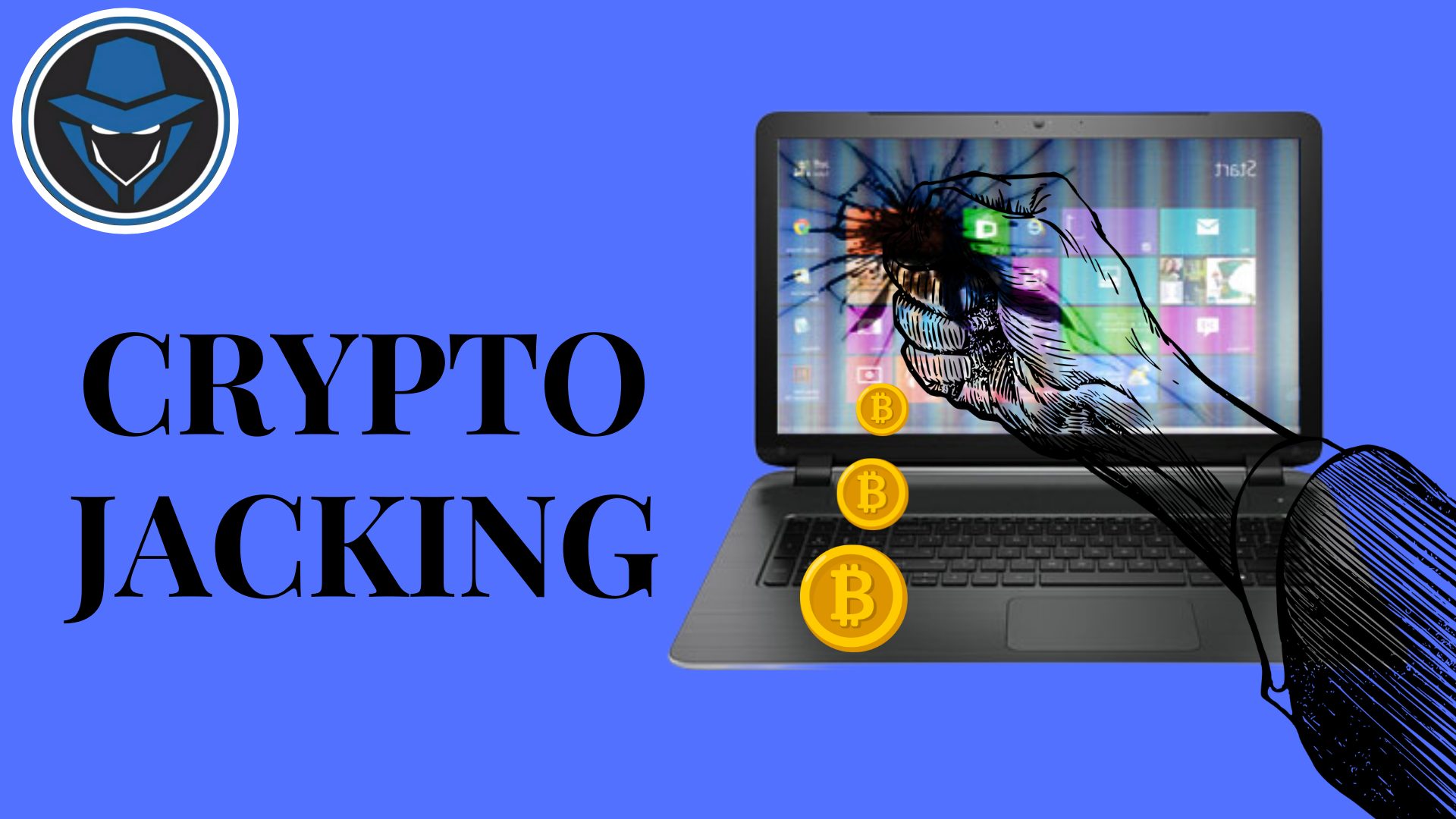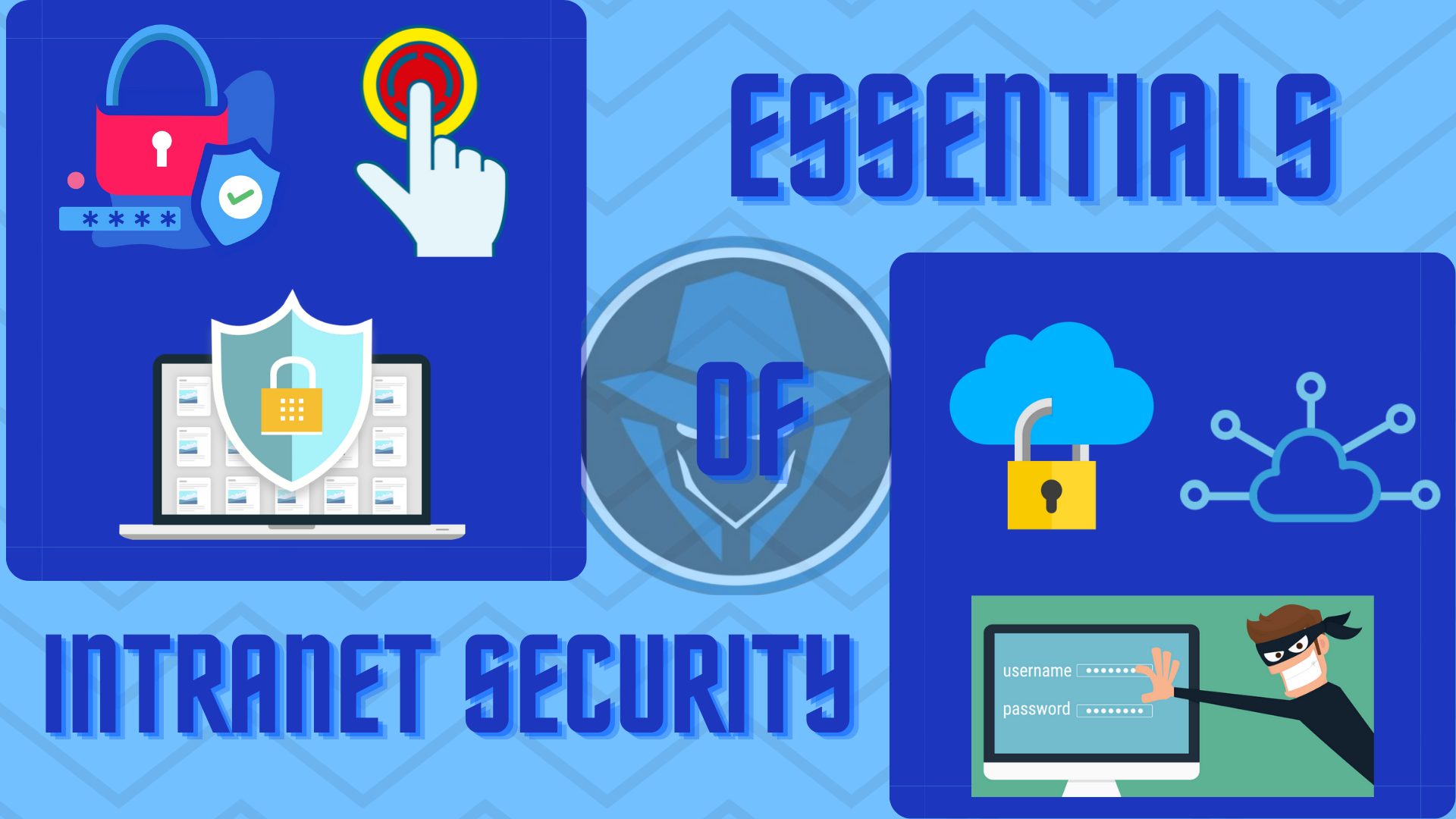Do Macs need antivirus software and do they get viruses? Have you asked yourself do you need an antivirus to protect your MAC? Well, you should, if you want to keep your internet safety and cyber safety.
It is true that the MacOS is more secure than Windows, but it would be a wise thing to look carefully at your security options. You will get here simple steps you can follow to tighten up your Mac’s security. We are talking now about the danger for Mac users, and the pros and cons of using Mac antivirus software.
Although the Mac is generally considered to be safe and secure, and there are a number of reasons why Mac is considered more secure than PC, it’s still not safe 100%. Malware attacks do happen less often to Mac because they have a smaller market share than Windows. The Mac operating system is Unix-based, and Unix offers a number of security features built in.
Also Read: Ropemaker Exploit Allow Hackers To Modify Email Content – Even After It’s Sent
Apple has included a number of security measures that make attacking a Mac particularly challenging. Gatekeep, which blocks any software that hasn’t been digitally signed and approved by Apple from running on your Mac without your agreement. Although, there are still risks and from time to time Macs become targets. There are numerous attack and Mac viruses documented.
Mac has a malware scanning tool, called Xprotect, which works invisibly and automatically in the background and requires no user configuration. When you download a file that is contaminated with malware, you will get an explicit warning that the file will ”damage your computer”. You should immediately delete that file.
Sandboxes. A software which is also approved by Apple, and it means that apps do only what they are intended to do. It isolates apps from the critical system components on your Mac, your data, and your other apps, so they shouldn’t be able to access anything that could allow them to do any damage.
Anti-phishing technology, in Safari, will detect fraudulent websites. Disabling the page and displaying an alert warning to you if you visit the suspicious website, that could get you into malware attacks in Mac or Apple malware attacks.
Also Read: Top 5 Most Common Myths of Procrastination
So how do you know if you Mac has a virus and what are those who attack?

There appeared a MacOS Trojan horse to be able to bypass Apple’s protections and could hijack the traffic entering and leaving Mac’s user without knowing that it happened. This includes even SSL-TSL encrypted connections.
There were more attacks and viruses invented. One of them even signed with a valid developer certificate, which was authenticated by Apple. It was OSX/Dok. The MacOS’s Gatekeep couldn’t recognize it because of it because it didn’t look like a threat. After that, Apple has revoked that developer certificate and updated XProtect, it’s malware attacks signature system.
Also Read: Smart Devices Can Be Hacked By CovertBand Attack To Track Activities
There were much more types of attacks besides these two: Xagent (capable of stealing passwords, taking screenshots and grabbing iPhone backups). Not to forget, you also need to take care of your mobile security. MacDownloader malware, Word macro virus, Fruitfly, and the list goes on. Now, you see, it’s not that rare that the Macs are the target of malware attacks.
So, let’s make a list for your security. How to keep yourself safe from malware attacks and viruses.
1.Pay a visit to the Security & Privacy pane in System Preferences. You will there find tabs that control various aspects of security. Click on the padlock at the bottom screen and type in your username and password. Make the security changes for your account.
2.Enable the Firewall. It blocks any unwanted incoming network connections. When you open it click the padlock icon at the bottom left to unlock system settings and just click the Turn On Firewall button.
3.You should always have a password for your account if you don’t have one already set it.
- Safari privacy settings. Check out what you’re sharing.
- Get those great Apple apps we mentioned above.
6.Enable guest user and disable the FileVault ‘Security Code’.
7.Always scan for malware!
8.Encrypt web page lookups.
9.Use a VPN.
10.HTTPS everywhere!
Also Read: Android Banking Trojan Targeting Non-Banking Apps That Require Card Payments
The best Mac antivirus for 2017 is Bitdefender Antivirus for Mac. The list goes on, followed by great names: ESET Antivirus for Mac, AVG for Mac, Norton Security for Mac, Kaspersky, Sophos Antivirus for Mac, Avira for Mac and Avast for Mac.
Now, if you are scared about your Mac security, we revealed you now the 8 best AV programs for macOS and MacOS X in 2017.
Running those regularly (I mean, to the one you choose from the list above), will keep you safe and let you know if you’ve had any issues, or had a malware on your Mac.
How will you know if your Mac has a virus? The malware won’t attempt your machine without your knowledge-it is a malicious software disguised as legitimate software. Maybe you’ve seen an advertisement on a website or you’ve received a mail, either way, it will trick you installing it as you would do the same for any other programs. When it’s installed, it starts gathering the information about you.
Also Read: Two Critical Zero-Day Flaws Came Out In Foxit PDF Reader
What about ransomware attack and phishing emails? The ransomware is also a variation of malware, and the phishing emails can cause viruses by human errors-clicking and installing a virus program.
If you are concerned about your MAC’s safety, then you should consider getting an anti-virus program, some of those we highly recommended. They are the newest ones that beat all of the danger at the highest level. Don’t forget to run them regularly, avoid strange spam mail, don’t click on the suspicious link and never download recommended programs that you can get in a phishing attack.
Always keep Mac updated, and also applications up to date. Always take proper security measures (strong passwords, restricting user accounts, limiting administrative rights). Encrypt your data and do an incremental backup. And don’t forget to guard your Windows Boot Camp Installations. Also, always avoid Peer-to-peer sharing applications. Hope we helped you a lot, keep yourself safe and enjoy your Mac!




